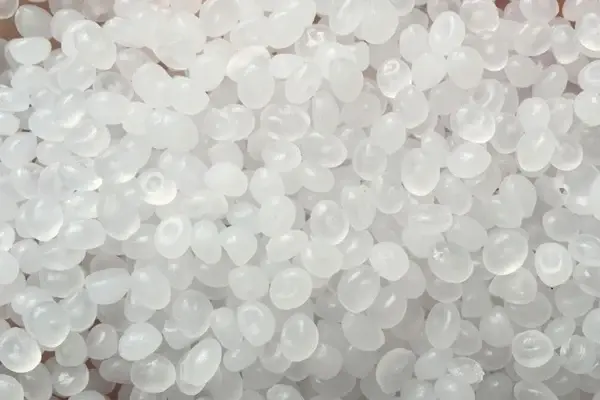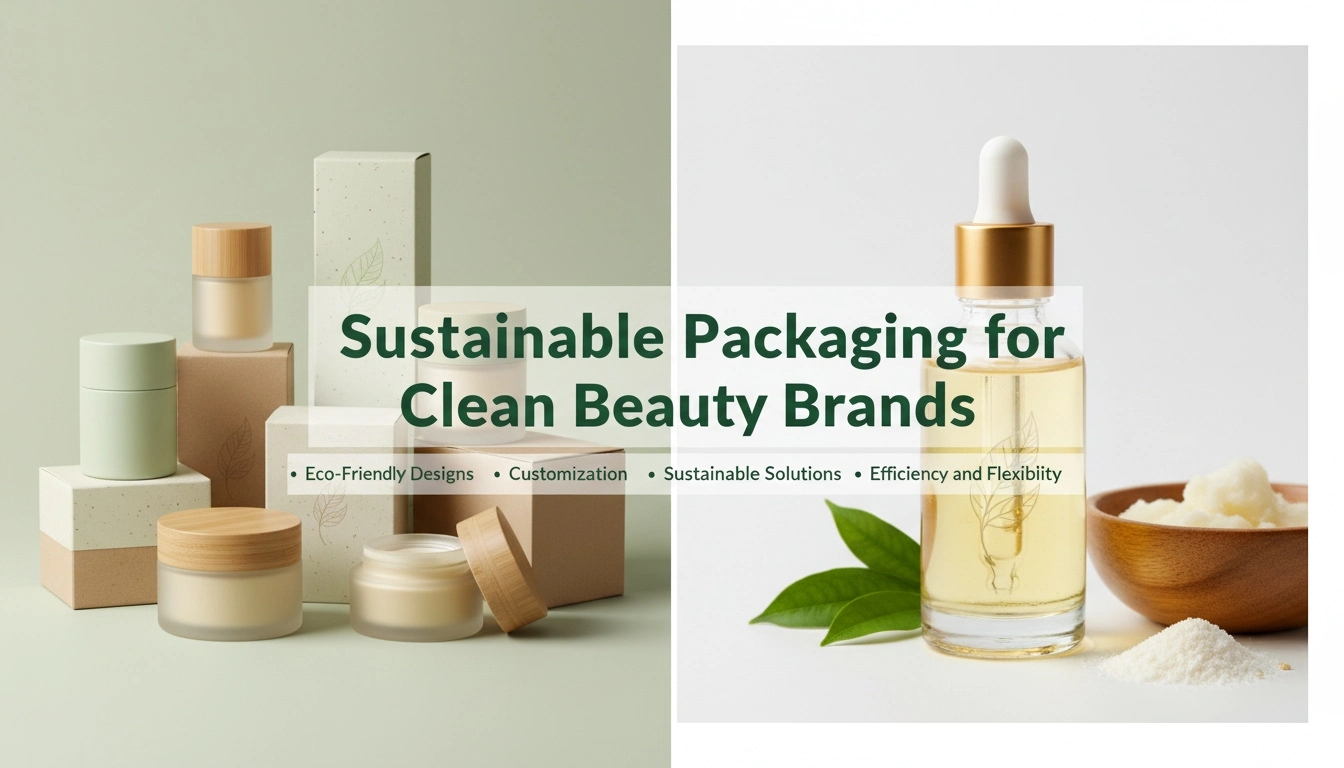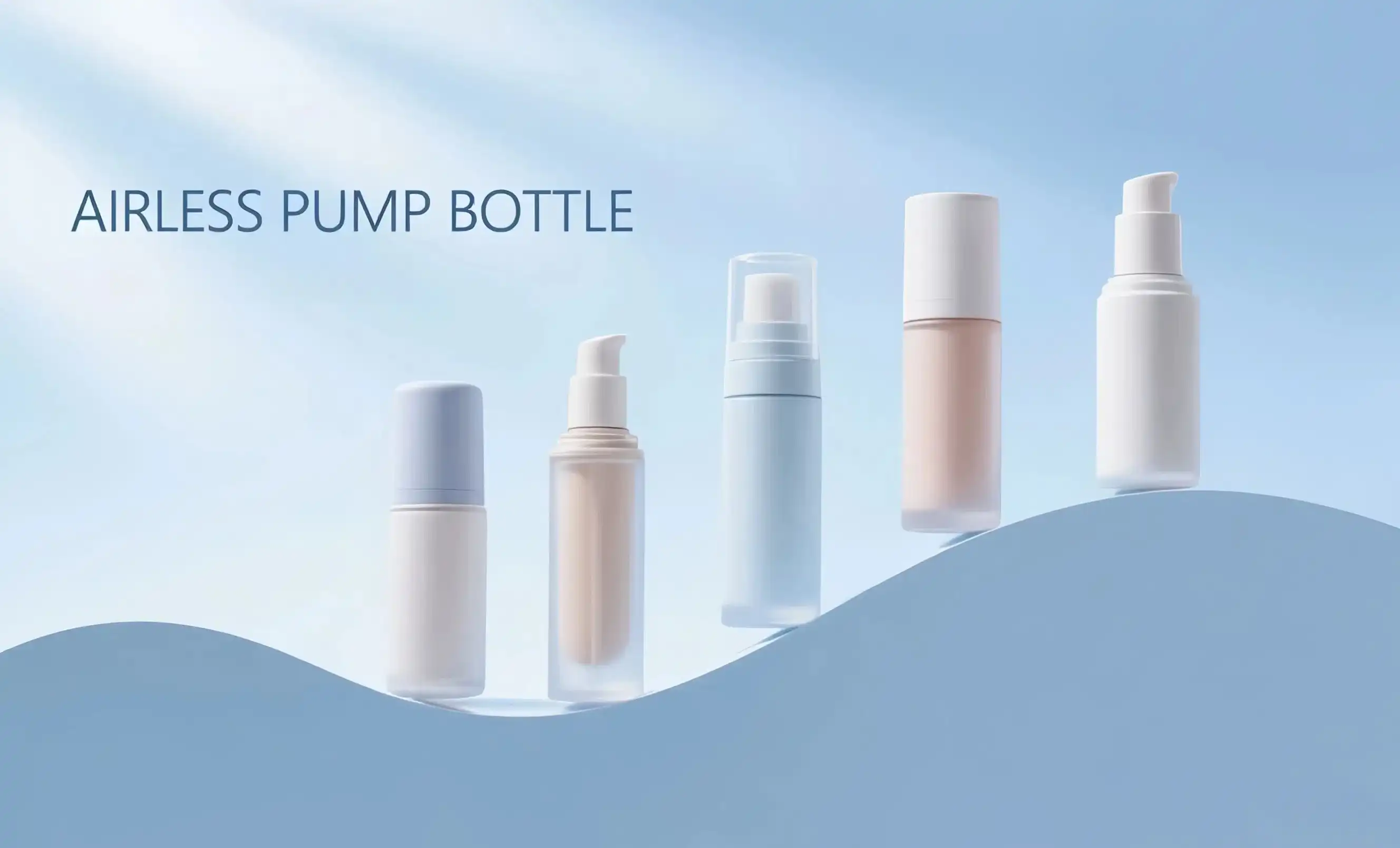Biodegradable vs. Recyclable: Which Plastic to Choose?
The debate between biodegradable and recyclable plastics is a hot topic in the packaging industry. Both options have their merits and drawbacks, and the choice often depends on specific product requirements and brand sustainability goals.
Topfeelpack's Sustainable Solutions
At Topfeelpack, we understand the importance of offering sustainable packaging options. Our range includes both biodegradable and recyclable plastics, each tailored to meet different needs:
- Biodegradable plastics: These materials break down naturally over time, reducing long-term environmental impact. They're ideal for single-use items or products with a short shelf life.
- Recyclable plastics: These can be processed and reused, supporting a circular economy. They're often more durable and suitable for products that require longer shelf life.
When choosing between biodegradable and recyclable plastics, consider factors such as:
- Product shelf life
- Local recycling infrastructure
- Consumer behavior and disposal habits
- Brand sustainability commitments
It's important to note that biodegradable doesn't always mean environmentally friendly. Some biodegradable plastics require specific conditions to break down effectively, which may not be available in all disposal environments. On the other hand, recyclable plastics can be an excellent choice if there's a robust recycling system in place and consumers are likely to recycle properly.
Safety First: FDA-Approved Plastics for Cosmetics
When it comes to cosmetic packaging, safety is paramount. The U.S. Food and Drug Administration (FDA) regulates the use of plastics in cosmetic packaging to ensure consumer safety. FDA-approved plastics for cosmetics must meet stringent requirements for food contact materials, as many cosmetics come into direct contact with the skin or mucous membranes.
Some common FDA-approved plastics for cosmetic packaging include:
- Polyethylene Terephthalate (PET): Known for its clarity and barrier properties
- High-Density Polyethylene (HDPE): Durable and resistant to chemicals
- Polypropylene (PP): Versatile and heat-resistant
- Low-Density Polyethylene (LDPE): Flexible and moisture-resistant
When selecting plastics for cosmetic packaging, it's crucial to consider not only FDA approval but also the specific requirements of your product. Factors such as pH levels, ingredient compatibility, and product stability should all play a role in your decision-making process.
Topfeelpack's Commitment to Safety
At Topfeelpack, we prioritize safety in all our packaging solutions. Our FDA-approved plastics undergo rigorous testing to ensure they meet or exceed all regulatory requirements. We provide comprehensive documentation, including material safety data sheets (MSDS) and certificates of analysis (COA), to support our clients' compliance needs.
Innovative Plastic Alternatives in Beauty Packaging
The beauty industry is constantly evolving, and with growing consumer demand for sustainable options, innovative plastic alternatives are emerging in the packaging sector. These new materials aim to reduce environmental impact while maintaining the functionality and appeal of traditional plastics.
Some innovative plastic alternatives gaining traction in beauty packaging include:
- Bioplastics: Made from renewable resources like corn starch or sugarcane, these materials offer a lower carbon footprint compared to petroleum-based plastics.
- Ocean-bound plastics: Recycled plastics collected from coastal areas, helping to reduce marine pollution while creating value from waste.
- Mushroom packaging: A biodegradable alternative made from mycelium (fungal roots) and agricultural waste.
- Algae-based plastics: Derived from algae, these materials are biodegradable and can be produced with minimal environmental impact.
While these alternatives show promise, it's important to consider their performance characteristics, cost, and scalability when evaluating them for your packaging needs. Some innovative materials may require special handling or have limitations in terms of product compatibility or shelf life.
As the industry continues to innovate, we can expect to see more sustainable alternatives entering the market, offering brands greater choice in aligning their packaging with their sustainability goals.
Conclusion: Making the Right Choice for Your Brand
Selecting the right type of plastic for your cosmetic packaging is a critical decision that impacts not only your product's performance but also your brand's image and environmental footprint. By considering factors such as biodegradability, recyclability, safety, and innovation, you can make an informed choice that aligns with your brand values and meets consumer expectations.
As you navigate the complex world of plastic packaging options, remember that expertise and support are available. At Topfeelpack, we specialize in providing cutting-edge packaging solutions tailored to the unique needs of the cosmetics industry. Our team of experts can guide you through the selection process, ensuring that your packaging not only meets regulatory requirements but also enhances your product's appeal and supports your sustainability goals.
Are you ready to elevate your cosmetic packaging with innovative, sustainable solutions? Whether you're a high-end skincare brand, a trendy makeup line, or a DTC beauty retailer, Topfeelpack has the expertise and capabilities to bring your vision to life. From fast customization and competitive pricing to rapid delivery and sustainable materials, we offer the comprehensive support you need to succeed in today's competitive beauty market.
Don't let packaging challenges hold you back. Contact us today at pack@topfeelgroup.com to explore how our advanced airless bottles and custom packaging solutions can transform your product line and delight your customers. Let's create beautiful, sustainable packaging that sets your brand apart!
References
- Smith, J. (2023). "Sustainable Plastics in Cosmetic Packaging: Trends and Innovations." Journal of Packaging Technology and Research, 15(2), 78-92.
- Environmental Protection Agency. (2022). "Plastics: Material-Specific Data." EPA Waste and Recycling Facts.
- Johnson, A., et al. (2021). "Biodegradable vs. Recyclable Plastics: A Life Cycle Assessment." Sustainability Science, 8(4), 302-318.
- U.S. Food and Drug Administration. (2023). "Packaging & Food Contact Substances (FCS)." FDA Guidance for Industry.
- Green, L. (2022). "Innovative Bioplastics in Beauty Packaging: Market Analysis and Future Prospects." Cosmetic & Toiletries, 137(9), 22-30.
- World Economic Forum. (2023). "The New Plastics Economy: Rethinking the Future of Plastics." WEF Industry Agenda.


 - 副本_1745399213966.webp)

_1747827716538.webp)

